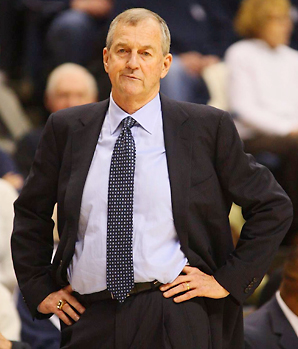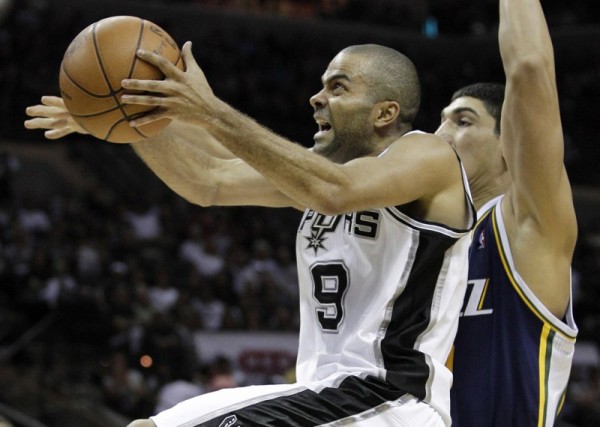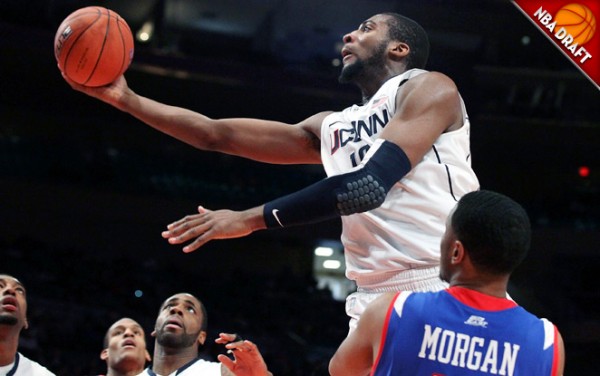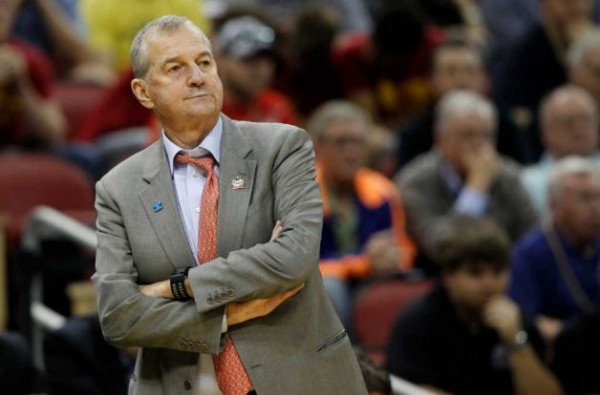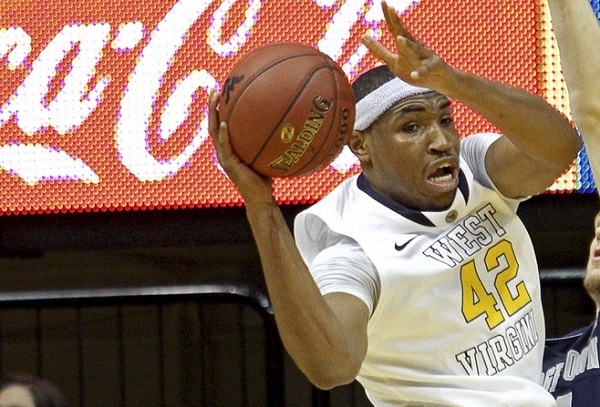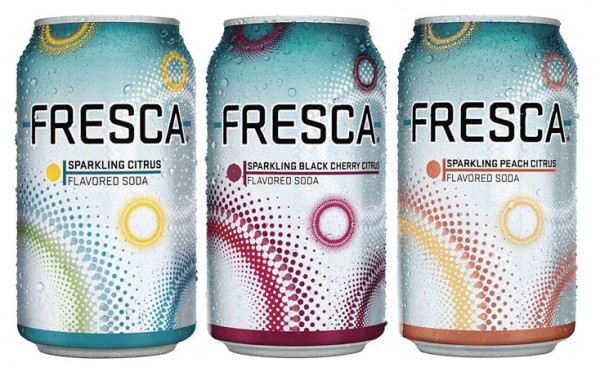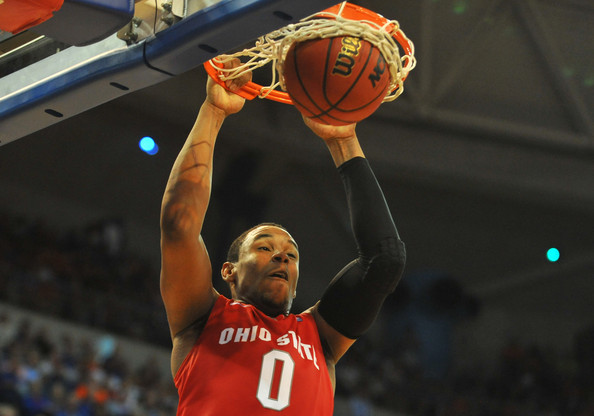Big East Summer Capsules: Connecticut Huskies
Posted by mlemaire on August 2nd, 2012While most relish the onset of Summer, college basketball junkies do not. Most of the news surrounding the sport is recruiting rumors and commitments or injuries and transfer news. In order to help keep folks up-to-date on what their teams are doing during the summer, we put together these summer capsules for each team in the conference. Next up is Connecticut.
1. It’s official; there will be no postseason play for the Huskies in 2013.
There was only one truly major story that came out of Connecticut this summer but it was a doozy. The Huskies got into hot water with the NCAA because the program’s APR score wasn’t high enough to meet NCAA standards from 2008-11. The NCAA as a result dropped a postseason ban on the program because of its lackluster APR score and the university and the program have been fighting to appeal that ban ever since. By the middle of July, they had run out of appeals and it became official that the UConn basketball program would not be participating in any postseason tournaments next season. The logic behind the ban makes sense, but it still seems unfortunate to punish the players directly, many of whom weren’t even on the team during the years in question. It also is truly unfortunate to punish the fans of the program. I am sure Storrs will still be rocking when big names roll through town, but it is going to be tough to stay invested and motivated in your team’s success when you know no matter how well they do, there won’t be any pot of gold at the end of this proverbial rainbow.
2. A lot of pressure falls on the young shoulders of Omar Calhoun.
As if the postseason ban wasn’t enough of a stomach punch, the program also watched as its two most talented players – Jeremy Lamb and Andre Drummond – left for the NBA; one of its captains – Alex Oriakhi – transfer because he was unhappy; and another key contributor – Roscoe Smith – transfer out so he could play small forward. Needing to replace a lot of scoring and talent, the coaching staff brought in exactly three players. There is 6-foot-10 Philip Nolan who should provide defensive support in the post but is really raw offensively. There is Leon Tolksdorf, another German recruit who at the very least should provide much needed depth to a frontcourt sorely in need of it. And then there is 6-foot-3 combo guard and New York City native Omar Calhoun. Calhoun is strong enough psychically and multi-talented enough offensively to step into a contributing role immediately. After all, he hasn’t even been on campus for more than a few months and already has held his own against arguably the program’s best player ever in a game of one-on-one. But the Big East won’t be a one-on-one scrimmage, and Calhoun will need to learn quickly, because the Huskies need a lot of help across the board especially given the scoring exodus that took place during the offseason. Calhoun has all the tools to fill some of that scoring gap right away, so he should be ready to make the most of this opportunity.





























